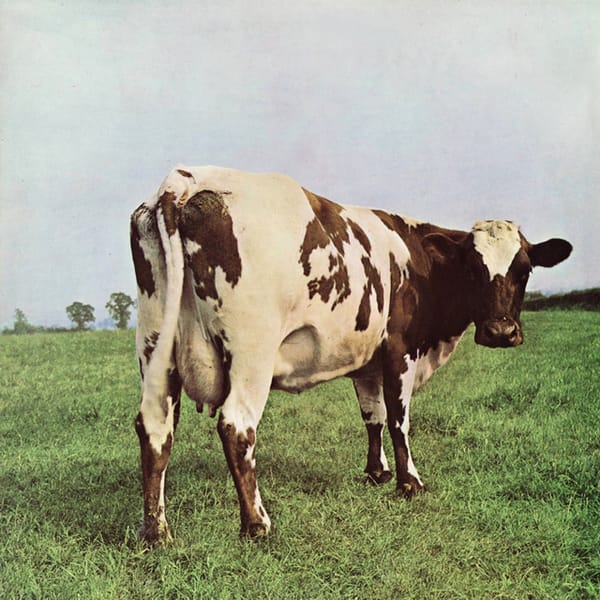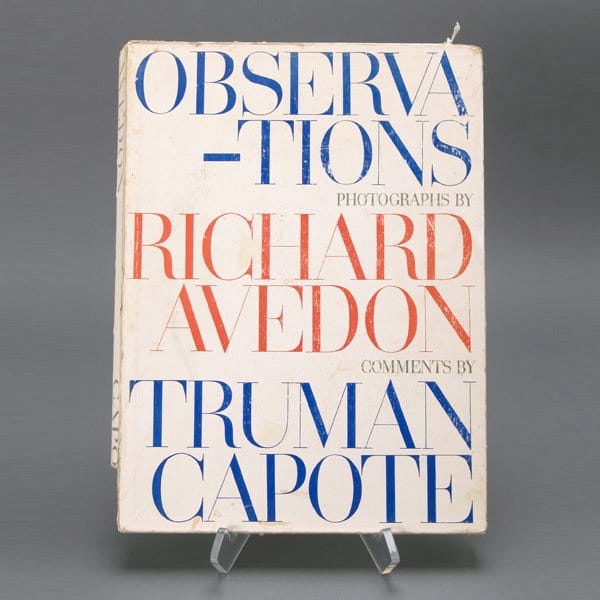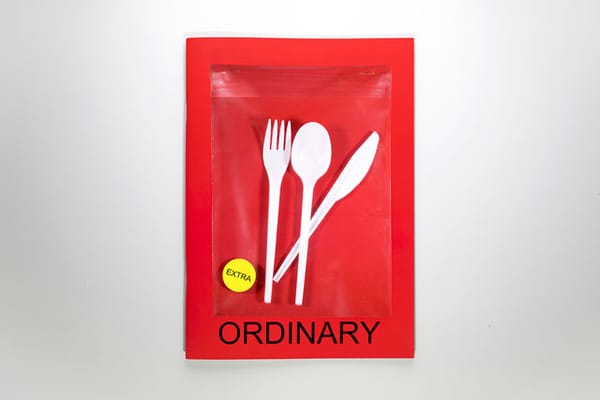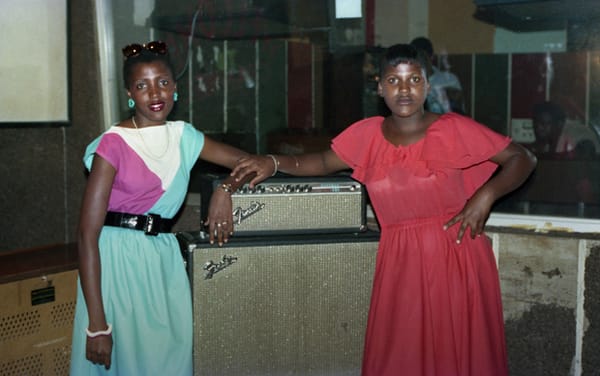The Barbican’s autumn exhibition Constructing Worlds looks at the intersection between photography and architecture to explore how capturing the built environment reveals wider truths about society.
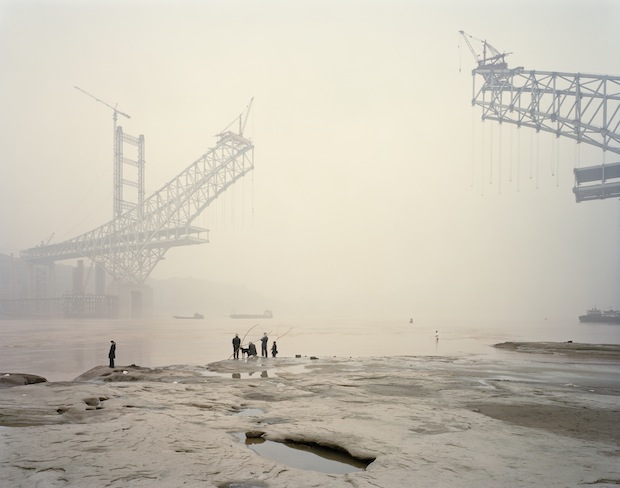
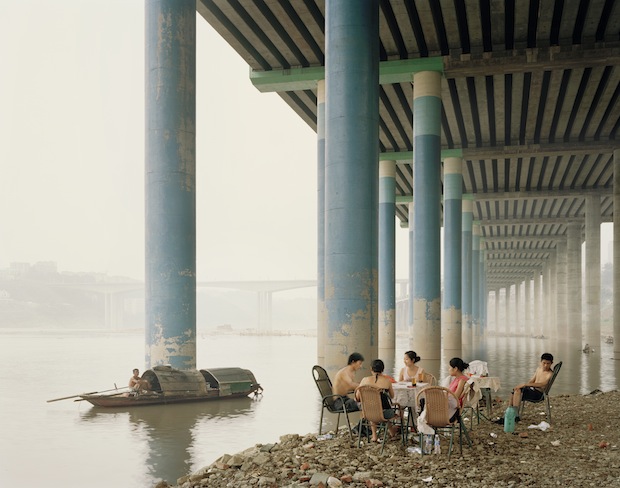
The Barbican Centre has a solid history of landmark photography exhibitions. Its 2012 show Everything Was Moving documented the immense political and social upheaval of the 1960s and 1970s through more than 400 images, breaking new ground in its scale, and (along with the Saatchi Gallery) led the vanguard of arts institutions ready to consider photography as a medium worthy of such comprehensive revue. Following this cultural shift, the London gallery’s autumn exhibition Constructing Worlds: Photography and Architecture in the Modern Age may not have to contend with similar mental obstacles as its predecessor, but that hasn’t meant that its curators have shied away from similar ambition.
Many of the 250 works on display (by eighteen leading photographers and ranging from the 1930s until present day) are rarely exhibited, with a large proportion making their UK debut. From Berenice Abbott’s images of the first skyscrapers in New York to Nadav Kander’s shots documenting Chinese urbanisation, the exhibition aims to offer a thorough yet fresh perspective on Twentieth- and Twenty-first-century architecture and how we choose to represent it on film.
Alongside the core exhibition, the gallery will also stage a number of concurrent shows. Los Angeles-based photographer Walead Beshty, best known for his abstract photograms, will take over the Curve gallery with a piece especially commissioned for the space and film-makers Ila Bêka and Louise Lemoine will create a new film for examining the Barbican’s structure as part of a residency at the iconic building.


